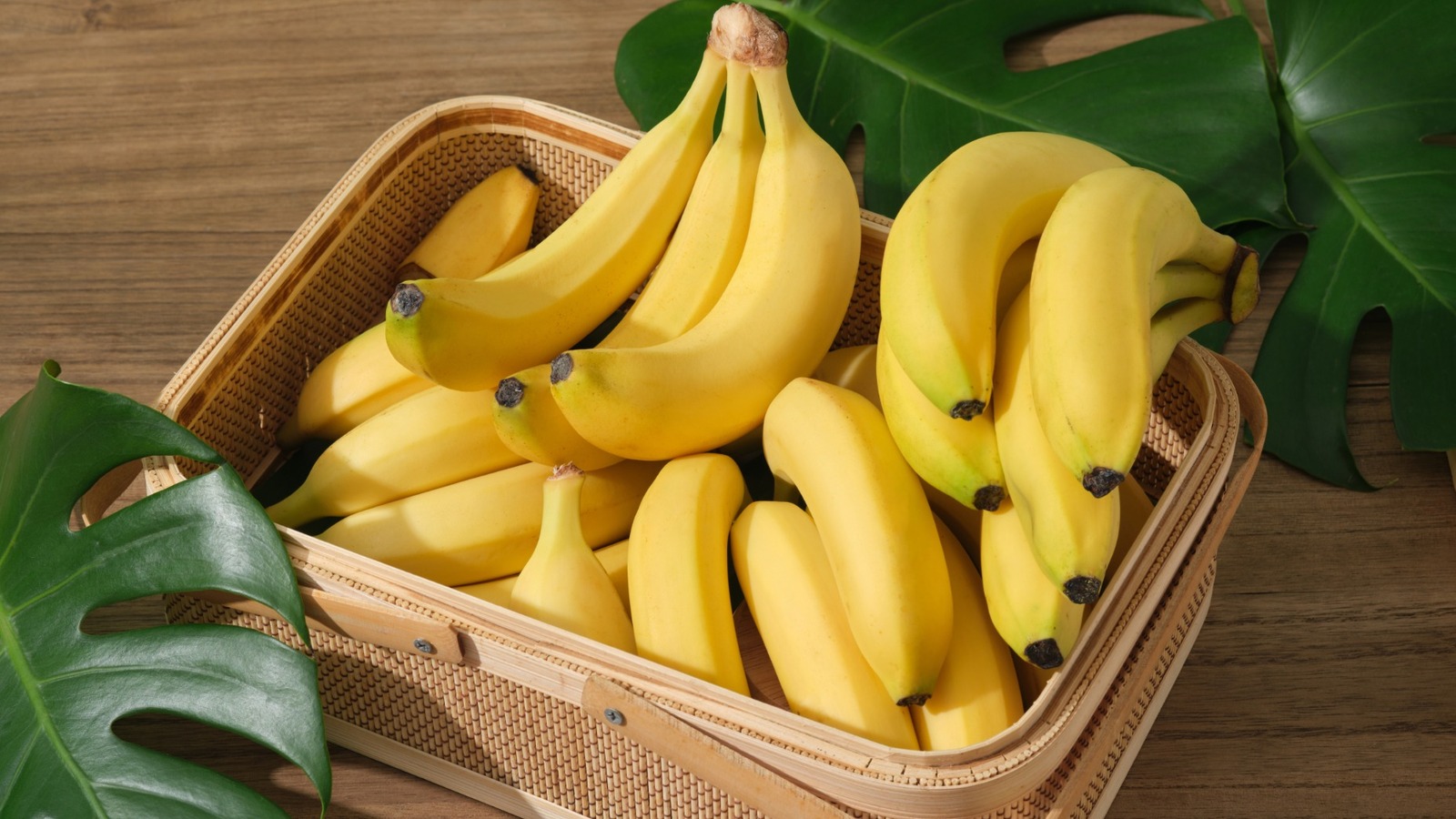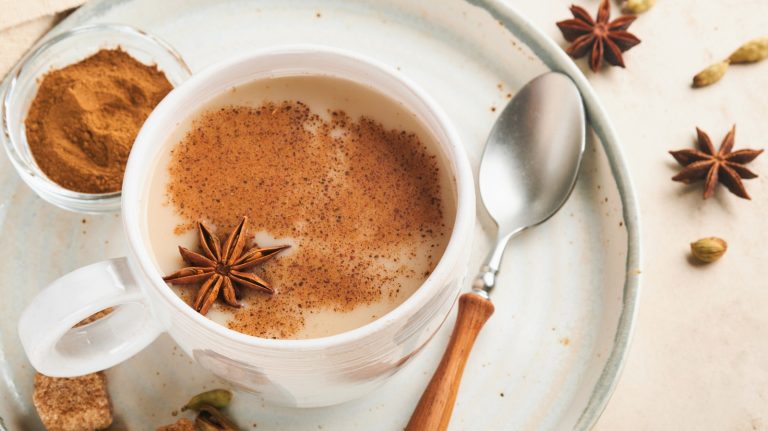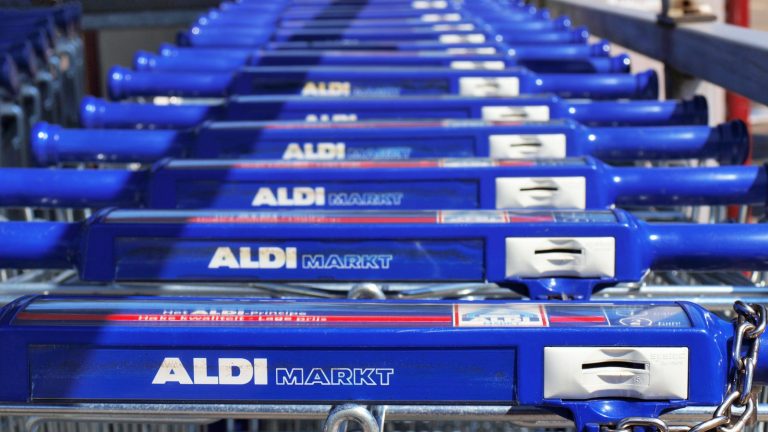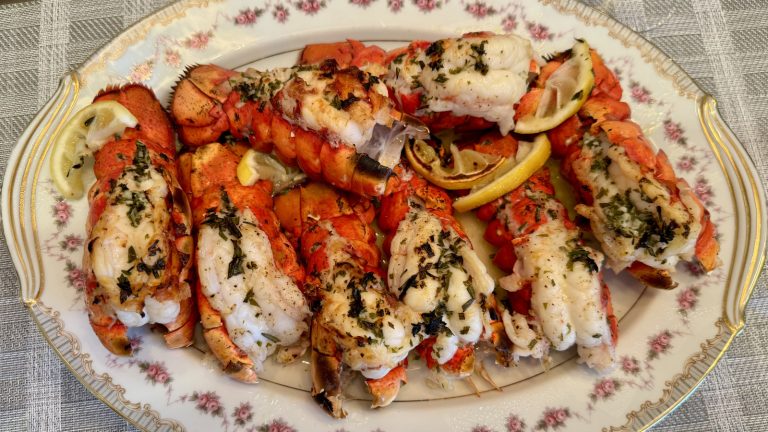Bananas are more popular than most people realize. According to the Mayo Clinic, over 100 billion of them are eaten every year, and Americans alone eat about 90 bananas per year apiece. But it wasn’t always so easy to just peel a banana and enjoy it. Wild bananas originally had massive, hard, inedible seeds all throughout the fruit. Over thousands of years, humans have managed to domesticate and breed bananas into the fruit we enjoy today, which has no seeds at all. That’s easy enough to say, but the process of altering a plant so significantly is not simple by any means.
Bananas have existed for at least 10,000 years. Research from a 2003 article published in Science shows that bananas were being cultivated in New Guinea nearly 7,000 years ago. It wasn’t until around the year 650 A.D. (about 1,375 years ago) that two different species of banana were crossbred and produced nearly seedless offspring. Early farmers selectively bred these seedless hybrids, intentionally focusing only on the features they wanted and excluding the seeded ones. Bananas were also eaten almost exclusively as vegetables for most of their history.
These seedless varieties were cultivated, and, at various points, other unidentified banana species were added to the mix, which led to the specific varieties of seedless bananas we eat today. But the very thing that makes modern bananas so easy to enjoy is also what puts them at great risk. Because bananas don’t have seeds, we can’t plant new crops of them. Instead, farmers need to take a cutting from an existing plant and grow a new one. That new plant is genetically identical to the old one, and that means all banana crops are clones.
Modern seedless banana crops can change suddenly
Being clones means modern bananas are vulnerable. If a disease comes along that can kill a banana variety, it will quickly kill the whole crop. That happened in the 1950s, when Panama disease wiped out the Gros Michel banana crop. Today, the bananas we get in stores are called Cavendish bananas — one of many types of bananas – which was resistant to the disease and so took over after Gros Michel nearly went extinct. But because it is also a crop of clones, the Cavendish banana is equally vulnerable to extinction.
This led to the strange phenomenon of artificial banana not tasting anything like the real thing. The reason banana candies and other banana-flavored things don’t taste like our bananas today is because that flavor was based on the Gros Michel variety. Chemists in the 1860s isolated isoamyl acetate, the compound used to flavor banana candy, because it smelled like the fruit. Years later, they discovered it was actually in bananas. There was just more of it in the Gros Michel variety than there was in the Cavendish. In other words, what people viewed as a standard banana changed practically overnight.
Parthenocarpy is the scientific name for how bananas reproduce without seeds, and it’s an important part of agriculture. Consider how many other fruits you enjoy without worrying about seeds. Seedless oranges, grapes, pineapples, cucumbers, and more are all bred through similar techniques. Pollination of the plants isn’t always required, no seeds are produced, and there’s nothing to interrupt your enjoyment of eating. The science behind seedless watermelons works a little differently. They are actually grown from seeds in fruit that produces only seedless offspring thanks to clever hybridization.






